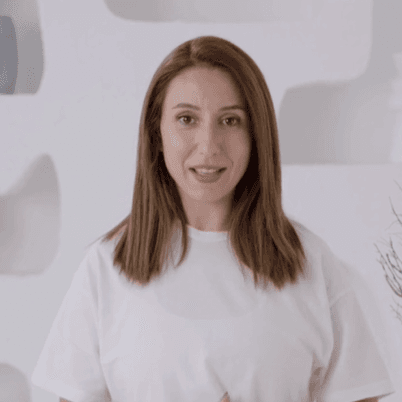Practical keyword research and content strategy - From research to top 3 ranking

What you'll learn
Master the 3-step keyword framework: discover, classify by intent, and evaluate metrics. Apply systematic approach to identify high-potential keywords.
Use free and paid keyword tools for competitor audits and content gap analysis. Uncover untapped opportunities through strategic tool usage.
Classify keywords by search intent: informational, commercial, and transactional. Align content strategy with user search behavior for better rankings.
Create comprehensive content briefs with primary/secondary keywords and CTAs. Develop structured roadmaps for high-ranking content creation.
Build content strategy mapped to search intent from blog posts to product pages. Connect keyword research to conversion-focused content planning.
Apply keyword research principles to achieve top 3 search rankings. Transform research into actionable strategies that drive organic traffic growth.
Skills covered in this course
Languages
Course description
This program helps learners master keyword research and content strategy with a practical, step-by-step approach to achieve higher organic rankings. It begins with a success story of a website that grew from zero to 50,000 monthly visitors through the right keyword strategy. Learners will understand why keyword research determines 70% of SEO success, how long-tail keywords convert 2.5 times better than short-tail, and why aligning content with search intent is the key to ranking in the top 3. The core lessons introduce a three-step keyword framework: discovering seed keywords from products, competitors, and customer language; classifying by intent—informational, commercial, or transactional; and evaluating metrics like volume, difficulty, CPC, and SERP features. Learners will then build a content strategy mapped to search intent, from educational blog posts to product pages driving conversions. Hands-on workshops guide participants through free and paid keyword tools, competitor audits, and content gap analysis to uncover untapped opportunities. They will also practice creating content briefs with primary and secondary keywords, clear intent, word count recommendations, and structured CTAs. By the end, learners will recognize that keyword research is the foundation of SEO success, search intent outweighs search volume, and a well-prepared content brief is the roadmap to ranking higher and driving meaningful results.
WHAT'S INCLUDED


